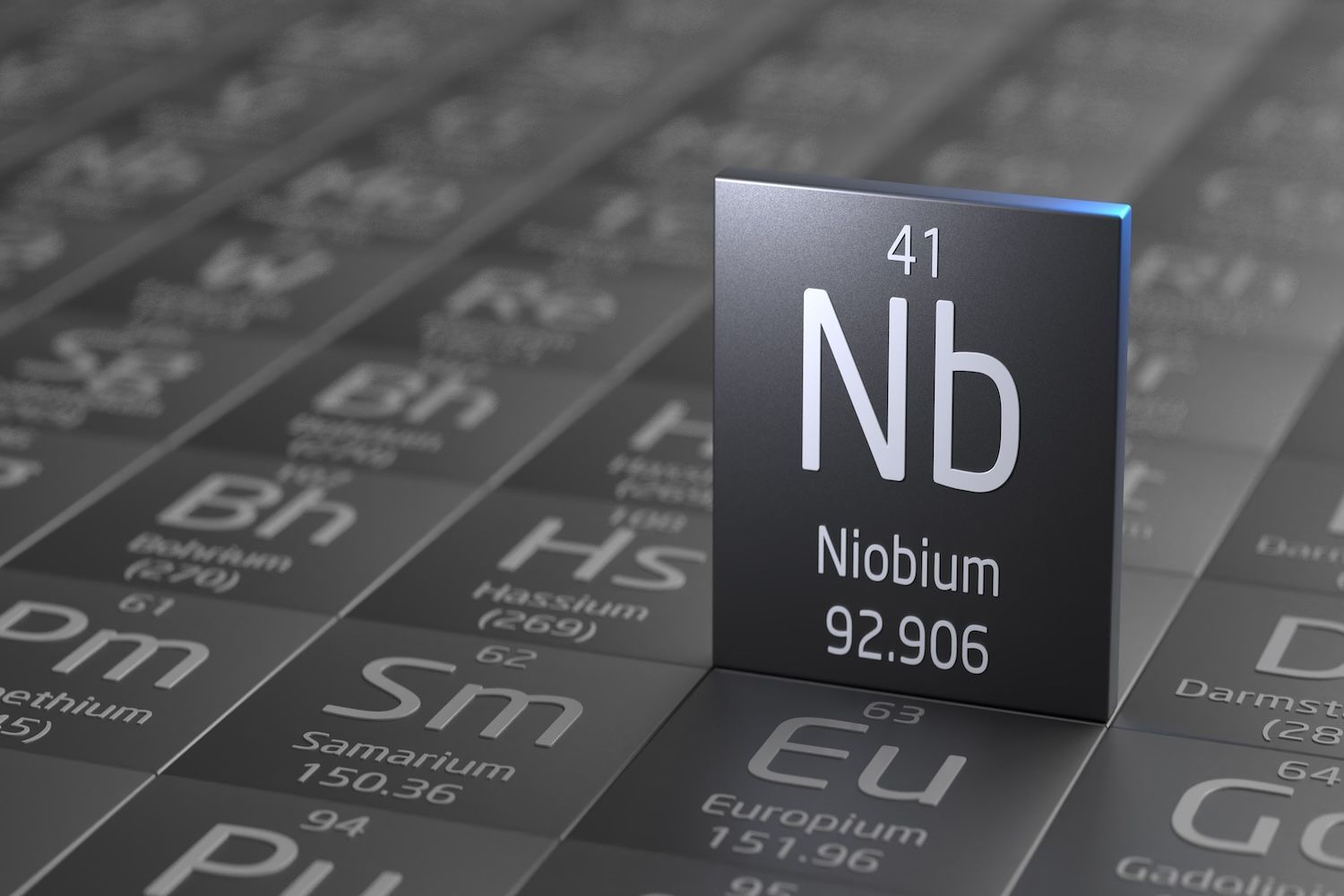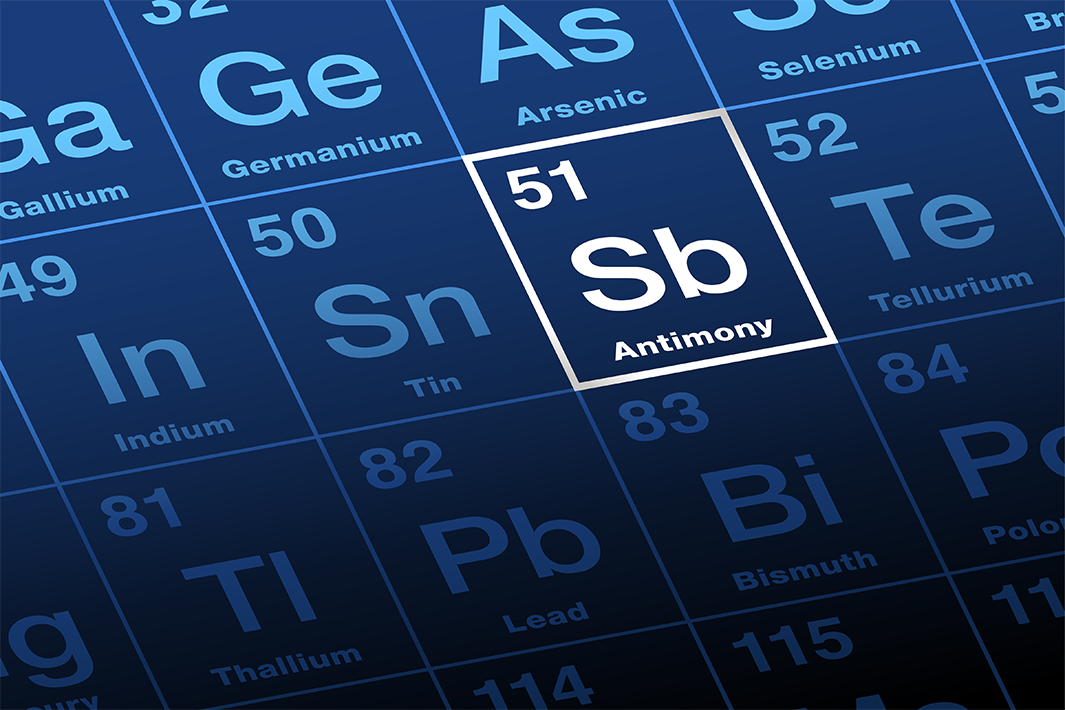
Appia Rare Earths & Uranium Corp. (the " Company " or " Appia ") (CSE: API) (OTCQX: APAAF) (FWB: A0I0) (MUN: A0I0) (BER: A0I0) today announced that Stephen Burega, President, will present live at the Clean Energy & Precious Metals Hybrid Investor Conference, hosted by VirtualInvestorConferences.com, on May 23 rd 2024.
DATE : May 23 rd , 2024
TIME: 2:15 PM ET
LINK: https://bit.ly/4dhSqKS
Stephen Burega is available for 1x1 meetings: May 23 rd
This will be a live, interactive in-person and online event where investors are invited to ask the company questions in real-time. If you would like to attend in-person, please email johnv@otcmarkets.com for an attendee pass. If attendees are not able to join the event live on the day of the conference, an archived webcast will also be made available after the event.
It is recommended that investors pre-register and run the online system check to expedite participation and receive event updates.
Learn more about the event at www.virtualinvestorconferences.com .
Recent Company Highlights
- Appia Files NI 43-101 Technical Report on Maiden Indicated and Inferred Mineral Resource Estimate for the PCH Ionic Adsorption Clay Project in Goiás, Brazil – Click here for Press Release
- Appia Announces Preliminary Desorption Results and Confirms Ionic Adsorption Clay Rare Earth Mineralization in Brazil – Click here for Press Release
- Appia Announces Encouraging Initial Results from the Newly Identified Taygeta and Merope Exploration Targets at PCH Project, Brazil – Click here for Press Release
- Appia Signs MOU to Option Elliot Lake Uranium Property – Click here for Press Release
About Virtual Investor Conferences ®
Virtual Investor Conferences (VIC) is the leading proprietary investor conference series that provides an interactive forum for publicly traded companies to seamlessly present directly to investors.
Providing a real-time investor engagement solution, VIC is specifically designed to offer companies more efficient investor access. Replicating the components of an on-site investor conference, VIC offers companies enhanced capabilities to connect with investors, schedule targeted one-on-one meetings and enhance their presentations with dynamic video content. Accelerating the next level of investor engagement, Virtual Investor Conferences delivers leading investor communications to a global network of retail and institutional investors.
About Appia Rare Earths & Uranium Corp. (Appia)
Appia is a publicly traded Canadian company in the rare earth element and uranium sectors. The Company holds the right to acquire up to a 70% interest in the PCH Ionic Adsorption Clay Project (See June 9th, 2023 Press Release – Click HERE ) which is 40,963.18 ha. in size and located within the Goiás State of Brazil (See January 11th, 2024 Press Release – Click HERE ). The Company is also focusing on delineating high-grade critical rare earth elements and gallium on the Alces Lake property, and exploring for high-grade uranium in the prolific Athabasca Basin on its Otherside, Loranger, North Wollaston, and Eastside properties. The Company holds the surface rights to exploration for 94,982.39 hectares (234,706.59 acres) in Saskatchewan. The Company also has a 100% interest in 13,008 hectares (32,143 acres), with rare earth elements and uranium deposits over five mineralized zones in the Elliot Lake Camp, Ontario.
Appia has 136.3 million common shares outstanding, 145 million shares fully diluted.
For more information, visit www.appiareu.com
As part of our ongoing effort to keep investors, interested parties and stakeholders updated, we have several communication portals. If you have any questions online ( X , Facebook , LinkedIn ) please feel free to send direct messages.
To book a one-on-one 30-minute Zoom video call, please click here.
Contact:
Stephen Burega, President
(c) (647) 515-3734
(e) sburega@appiareu.com
Virtual Investor Conferences
John M. Viglotti
SVP Corporate Services, Investor Access
OTC Markets Group
(212) 220-2221
johnv@otcmarkets.com




